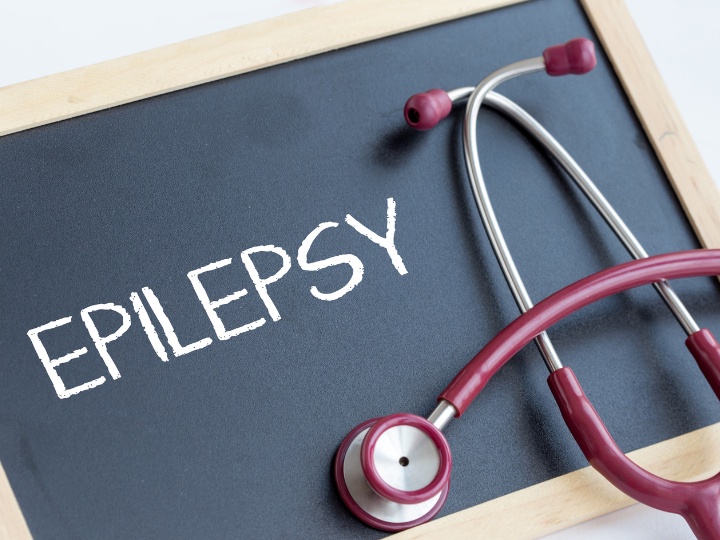Children diagnosed with epilepsy face numerous challenges, both physical and emotional. Epilepsy, a neurological disorder characterised by recurrent seizures, can significantly impact a child's quality of life and psychological well-being.
In addition to medical treatment, therapeutic interventions play a crucial role in helping children cope with the emotional toll of epilepsy. Among these interventions, play therapy emerges as a promising approach to support children in navigating the complexities of their condition. This article delves into various play therapy approaches tailored to address the unique needs of children grappling with epilepsy.
Understanding Child Therapy for Epilepsy
Play Therapy: A Therapeutic Tool
Play therapy offers a safe and non-intrusive method for children to express their thoughts, feelings, and experiences. Children can communicate and process emotions through play in a natural and comfortable environment. This approach is particularly beneficial for children with epilepsy, as it allows them to explore their fears, frustrations, and misconceptions surrounding their condition.
Incorporating Neuroeducation
An essential component of play therapy for children with epilepsy is neuroeducation. Educating children about epilepsy in age-appropriate ways helps demystify the condition and reduces anxiety and misconceptions. Understanding their epilepsy better, children feel more empowered and in control, which can positively influence their emotional well-being.
Exploring Play Therapy Approaches
Sandplay Therapy
Sandplay therapy provides children a tactile and symbolic medium to express their innermost thoughts and emotions. In the context of epilepsy, children may create scenes in the sand that represent their experiences with seizures, medication, and their feelings about living with epilepsy. The therapist observes and facilitates the process, helping the child make sense of their creations and fostering healing and self-awareness.
Art Therapy
Art therapy encourages children to express themselves through various art forms, such as drawing, painting, and sculpting. For children with epilepsy, art therapy can serve as a powerful outlet for processing emotions and gaining insights into their condition. Children may depict their seizures, fears, or dreams through artwork, providing valuable material for therapeutic exploration and intervention.
Puppet Therapy
Puppet therapy utilises puppets as intermediaries for communication and expression. Children can use puppets to act out scenarios related to their experiences with epilepsy, allowing them to externalise their feelings and concerns. The therapist can dialogue with the puppets, providing validation, support, and guidance as the child navigates their emotions and experiences.
Child therapy epilepsy encompasses a variety of approaches, each tailored to meet the unique needs of the child. Play therapy, with its emphasis on self-expression and exploration, holds particular promise in supporting children coping with epilepsy. By incorporating play therapy techniques such as sand play therapy, art therapy, and puppet therapy, therapists can create a supportive and nurturing environment where children feel empowered to navigate their epilepsy journey with resilience and confidence. Through play, children can not only cope with the challenges of epilepsy but also foster emotional growth and well-being, paving the way for a brighter and more fulfilling future.


No comments yet